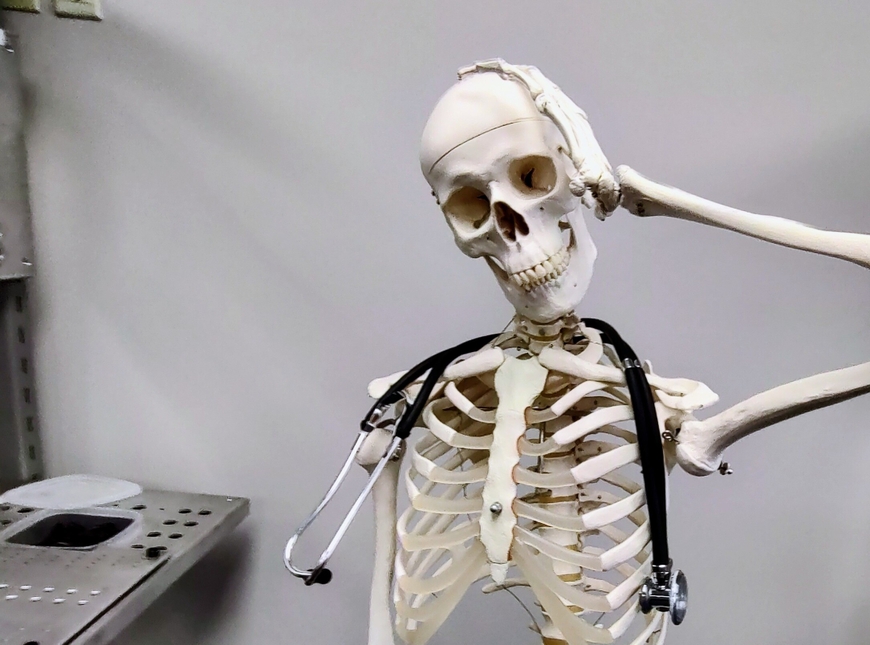Dizziness And Vertigo: What To Know And When To Seek Help

Dizziness and vertigo can be scary and confusing, especially when you don’t know what's causing them. With the flu, colds, and COVID, it can be difficult to determine whether your symptoms are the result of a virus, ear infection, medication, blood pressure issues, or something else. To begin to make sense of it, let’s start by describing the difference between vertigo and dizziness.
- Vertigo usually refers to the feeling of spinning, either the room spins around you, or you feel like you are spinning.
- Dizziness is more of a feeling of unsteadiness or lightheadedness.
Thankfully, one of the most easily treatable vertigo conditions happens to also be one of the most common, it is called Benign Positional Vertigo (BPV). Its name describes the condition perfectly; it is benign, and it is triggered when a person changes positions.
Here are some signs that your dizziness is BPV:
- You have vertigo when turning to one side in bed
- You have vertigo when moving your head in specific positions
- The vertigo (feeling of spinning) lasts about 30 seconds to 1 minute (you may feel residual dizziness afterwards but no “spinning”)
- You feel nauseous/are vomiting
Both dizziness and vertigo can be caused by many different conditions, which is why consulting a healthcare professional is the first step in identifying the cause and commencing proper treatment.
Once more serious pathologies have been ruled out and BPV is suspected, referral to a trained PT, PTA, or AT will be indicated. The treatment consists of specific maneuvers completed with the guidance of the therapist and repeated until symptoms subside. Symptoms often subside after just one visit! Furthermore, if BPV is not the cause but all serious pathologies have been ruled out, a trained therapist can help you return to your normal self by guiding you through exercises to help retrain your brain to no longer feel vertigo and/or dizziness.
BOTTOM LINE: If your dizziness or vertigo is severe enough to interfere with your daily activity, then it is time to seek medical attention.
Treatment is likely to be simple and effective once the condition is correctly identified.
By Jannick Vielleuse, PT, MSPT, CCTT


